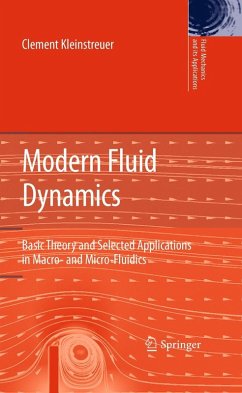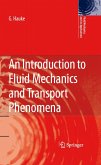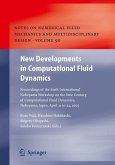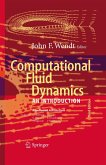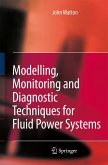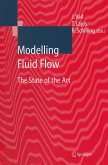This textbook covers essentials of traditional and modern fluid dynamics, i. e. , the fundamentals of and basic applications in fluid mechanics and convection heat transfer with brief excursions into fluid-particle dynamics and solid mechanics. Specifically, it is suggested that the book can be used to enhance the knowledge base and skill level of engineering and physics students in macro-scale fluid mechanics (see Chaps. 1-5 and 10), followed by an int- ductory excursion into micro-scale fluid dynamics (see Chaps. 6 to 9). These ten chapters are rather self-contained, i. e. , most of the material of Chaps. 1-10 (or selectively just certain chapters) could be taught in one course, based on the students' background. Typically, serious seniors and first-year graduate students form a receptive audience (see sample syllabus). Such as target group of students would have had prerequisites in thermodynamics, fluid mechanics and solid mechanics, where Part A would be a welcomed refresher. While introductory fluid mechanics books present the material in progressive order, i. e. , employing an inductive approach from the simple to the more difficult, the present text adopts more of a deductive approach. Indeed, understanding the derivation of the basic equations and then formulating the system-specific equations with suitable boundary conditions are two key steps for proper problem solutions.
Dieser Download kann aus rechtlichen Gründen nur mit Rechnungsadresse in A, B, BG, CY, CZ, D, DK, EW, E, FIN, F, GR, HR, H, IRL, I, LT, L, LR, M, NL, PL, P, R, S, SLO, SK ausgeliefert werden.

